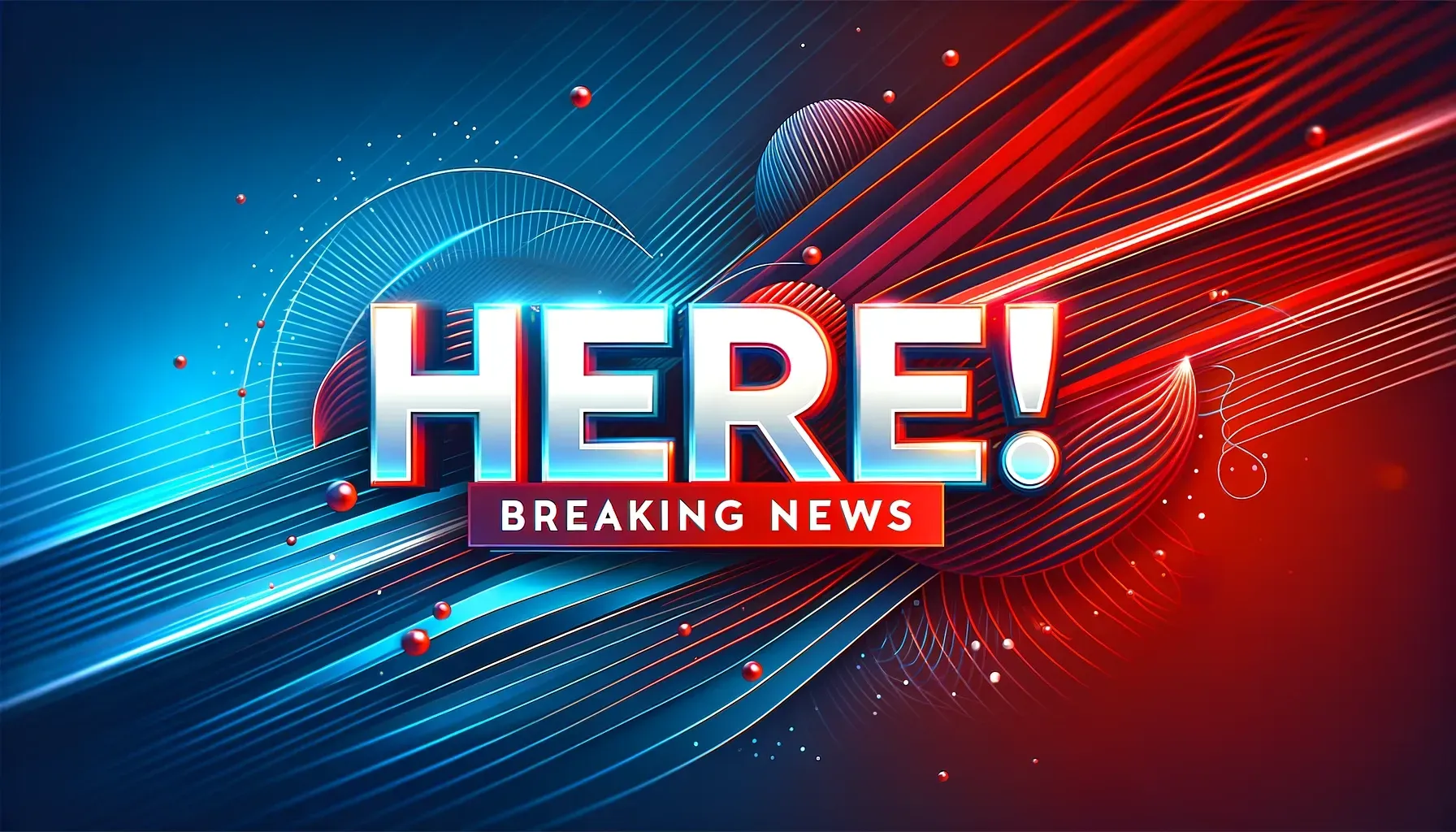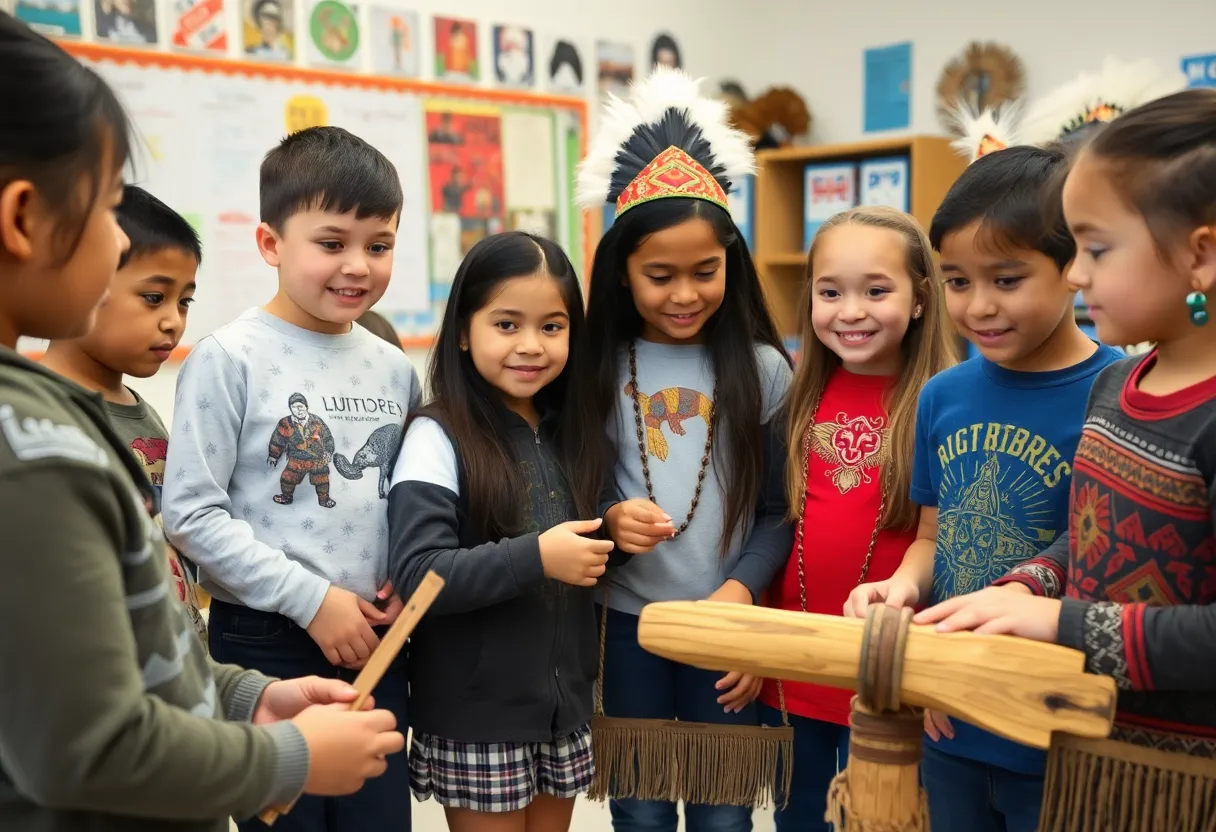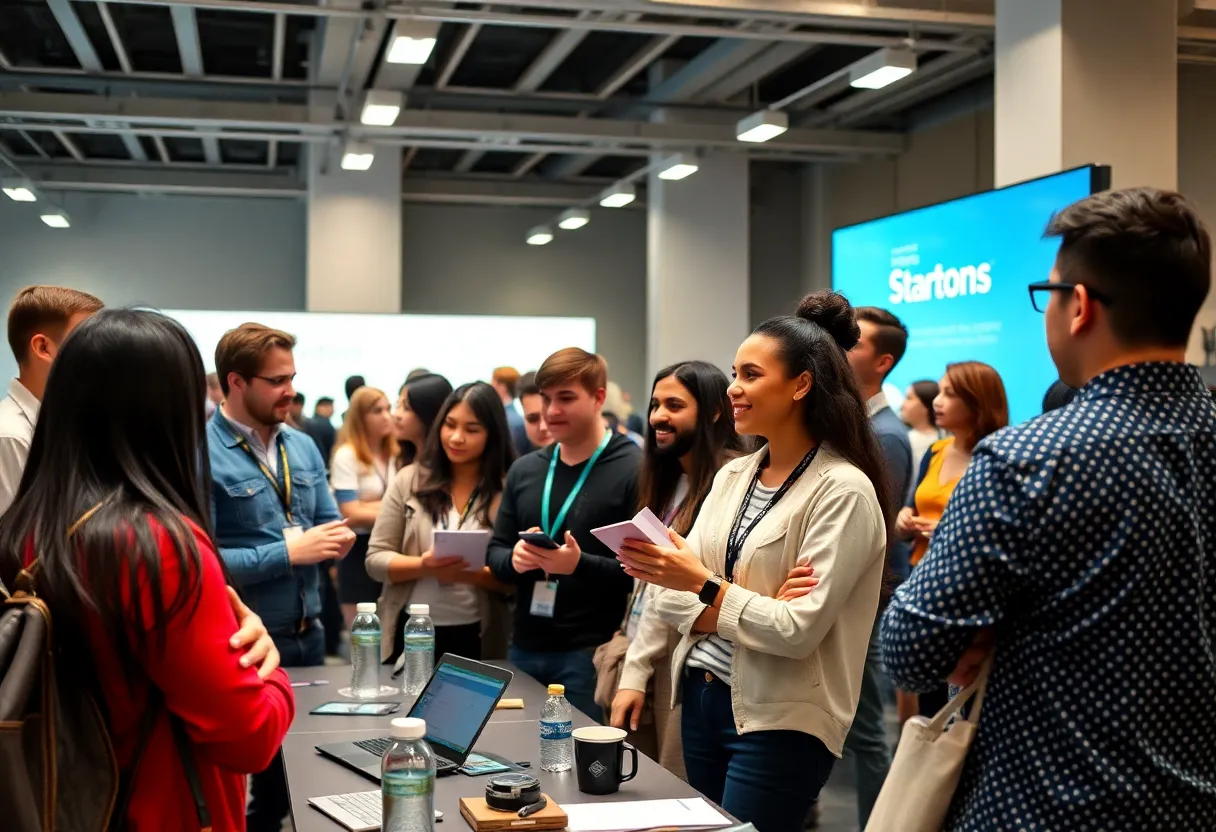News Summary
New York is standing firm against the U.S. Department of Education’s directive to repeal its ban on Native American mascots in schools, citing civil rights objectives. The DOE argues that this ban constitutes discrimination, but the New York State Education Department disputes this claim. The ban aims to promote equity, while some parents oppose it, fearing a loss of cultural heritage. The conflict intensified after a complaint challenged the legality of the ban, leading to potential federal repercussions if it is not reversed.
New York is standing firm against a directive from the U.S. Department of Education (DOE) that demands the state repeal its ban on Native American mascots in public schools. The DOE claims that the prohibition constitutes illegal discrimination, but the New York State Education Department (NYSED) has rejected this assertion, raising questions about the federal government’s interpretation of civil rights laws.
The confrontation began when the DOE claimed New York was within the bounds of discrimination for enforcing a ban on school district mascots that borrow elements from Native American culture. The initiative drew significant backlash, particularly from parents in Massapequa, New York, who protested the removal of their school’s “Chiefs” nickname and logo. Their concerns prompted the involvement of the DOE, which sought a resolution to the ongoing controversy.
NYSED Deputy Commissioner Daniel Morton-Bentley criticized the DOE’s rationale for claiming that the ban on mascots infringes on rights. He described the department’s arguments as “internally inconsistent,” asserting that the prohibition on using Native American imagery serves to further equity and civil rights goals. The department’s ban aligns with longstanding civil rights objectives set forth by the DOE, maintaining that it promotes the respect and dignity of Indigenous peoples.
The friction between New York State and the DOE escalated following a complaint by the Native American Guardians Association (NAGA), which prompted the DOE to initiate an investigation into NYSED and the New York State Board of Regents (NYBR). The findings of this investigation indicated that the state’s ban specifically targeted Native American imagery while permitting displays from other racial and ethnic groups. The DOE concluded that this selective enforcement violated Title VI of the 1964 Civil Rights Act, which prohibits racial discrimination in federally funded programs.
In response to the investigation, the DOE issued a letter in February underlining concerns about diversity initiatives that could unintentionally stigmatize students based on race. The DOE has given the NYSED ten days to reverse the ban or face potential repercussions from the Justice Department, which could involve the loss of federal funding.
Education Secretary Linda McMahon labeled New York’s ban as “absurd,” arguing that it stifles Native American voices while still allowing for positive portrayals of other cultures. Criticism of the ban cites its intention to eliminate cultural appropriation; however, detractors argue that it unfairly afflicts Native representation and limits the ability to honor Indigenous heritage through school mascots.
The legal landscape surrounding this issue has already seen challenges; the Massapequa School District filed a lawsuit against the state, claiming violations of their First Amendment rights. However, a federal judge ruled against the district’s claims, allowing the ban to remain in effect. As of June 2024, over sixty schools in New York had phased out mascots associated with Native themes, reflecting a wider trend in the state’s educational institutions.
Efforts from the DOE aim to seek a resolution that includes not only rescinding the mascot ban but also potentially issuing apologies to Indigenous tribes for the actions deemed as attempts to erase Native American history. The ongoing debate serves as a pivotal moment in the conversation around cultural representation and civil rights in schools across the United States.
As New York defends its stance on this issue, the implications for school districts statewide and the broader dialogue about cultural identity and rights remain a focal point for future discussions.
Deeper Dive: News & Info About This Topic
- Floridian Press
- Wikipedia: Native American mascots
- The New York Times
- Google Search: Native American mascots
- The Washington Post
- Encyclopedia Britannica: Native American mascots
- Fox News

Author: STAFF HERE NEW YORK WRITER
The NEW YORK STAFF WRITER represents the experienced team at HERENewYork.com, your go-to source for actionable local news and information in New York, the five boroughs, and beyond. Specializing in "news you can use," we cover essential topics like product reviews for personal and business needs, local business directories, politics, real estate trends, neighborhood insights, and state news affecting the area—with deep expertise drawn from years of dedicated reporting and strong community input, including local press releases and business updates. We deliver top reporting on high-value events such as New York Fashion Week, Macy's Thanksgiving Day Parade, and Tribeca Film Festival. Our coverage extends to key organizations like the Greater New York Chamber of Commerce and United Way of New York, plus leading businesses in finance and media that power the local economy such as JPMorgan Chase, Goldman Sachs, and Bloomberg. As part of the broader HERE network, including HEREBuffalo.com, we provide comprehensive, credible insights into New York's dynamic landscape.





